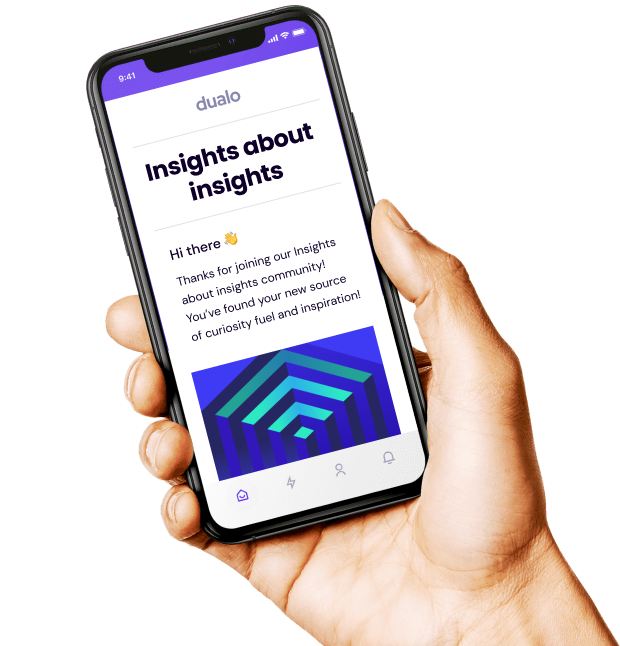Oli Mival on using research to de-risk decisions
We caught up with Oli Mival, renowned research leader and Head of Research & Insight at Picsart. In this post Oli tells us about his ‘people first, technology second’ approach, shares his thoughts on what makes an impactful and actionable insight, and discusses the role of ‘confidence thresholds’ when using research to de-risk decisions.





.svg)

.jpeg)

.jpeg)
.jpeg)

